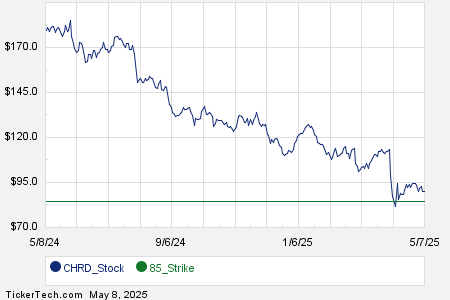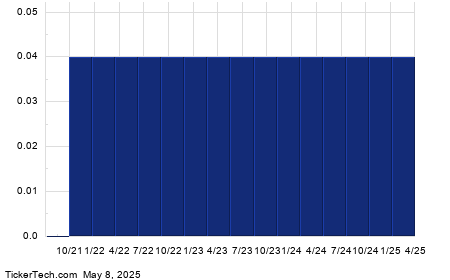Cocoa Prices Slide Amid Improved Supply Outlook and Demand Concerns
On Tuesday, May ICE NY cocoa (CCK25) closed down -84 (-1.04%), while May ICE London cocoa #7 (CAK25) finished lower by -128 (-2.03%). Cocoa prices took a notable dip as favorable weather conditions in West Africa promote pod development, which is expected to enhance yields for the upcoming mid-crop cocoa harvest.
Over the last five weeks, cocoa prices faced pressure, tumbling to 4-1/4 month lows last Friday mainly due to a more optimistic supply outlook. The International Cocoa Organization (ICCO), in its February 28 forecast, projected a global cocoa surplus of 142,000 metric tons for the 2024/25 season, marking the first surplus in four years. Additionally, ICCO estimated that global cocoa production would increase by 7.8% year-over-year to reach 4.84 million metric tons.
Commodity Bulletin: From crude oil to coffee, this FREE newsletter is for industry pros and rookies alike
The rebound in cocoa inventories is also contributing to bearish market conditions. After hitting a 21-year low of 1,263,493 bags on January 24, ICE-monitored cocoa inventories in U.S. ports have surged to a 4-3/4 month high of 1,787,442 bags as of Tuesday.
Despite the expanding supplies, concerns surrounding the Ivory Coast’s mid-crop harvest are tempering further price declines. This smaller harvest typically begins in April, with the average estimate for this year’s crop around 400,000 metric tons, which is 9% lower than last year’s figure of 440,000 metric tons.
Supportive pricing factors include a slowdown in Ivory Coast cocoa exports. According to government data released on Monday, Ivory Coast farmers have exported 1.43 million metric tons of cocoa to ports between October 1 and March 23, reflecting a 12% increase from last year, though the growth rate has decreased from a 35% hike recorded in December.
Concerns about demand are continuing to weigh heavily on cocoa prices. Executives from major chocolate manufacturers Hershey and Mondelez have cautioned that high cocoa prices could negatively impact demand. Mondelez’s CFO Zarmella reported on February 4 that there are signs of decreasing cocoa consumption, particularly in North America. The company warned a significant price increase of up to 50% on chocolate products may reduce demand further. Similarly, on February 6, Hershey indicated that ongoing high cocoa prices are prompting reformulations of recipes to include alternative ingredients.
In another bearish development, Nigeria, the world’s fifth-largest cocoa producer, reported on February 27 that its January cocoa exports surged 27% year-over-year to 46,970 metric tons.
Data from quarterly grinding reports illustrate the impact of high cocoa prices on demand. The European Cocoa Association reported a decline of 5.3% year-over-year in Q4 European cocoa grindings, which fell to 331,853 metric tons—the lowest level in over four years. The Cocoa Association of Asia noted a slight decrease of 0.5% year-over-year in Q4 grindings, totaling 210,111 metric tons, also the lowest in four years. In North America, the National Confectioners Association documented a decline of 1.2% year-over-year in Q4 cocoa bean grindings, amounting to 102,761 metric tons.
Ghana, the second-largest cocoa producer globally, is also supporting prices with its reduced forecasts. Cocobod, Ghana’s cocoa regulatory body, cut its 2024/25 forecast for the country’s cocoa harvest for the second time of the season, lowering it to 617,500 metric tons, a reduction of 5% from the previous estimate of 650,000 metric tons.
In its February 28 report, the ICCO indicated that the global cocoa deficit for 2023/24 is estimated at -441,000 metric tons, marking the largest deficit in over 60 years. Cocoa production is expected to have fallen 13.1% year-over-year to 4.38 million metric tons, while the global cocoa stocks/grindings ratio has dropped to 27.0%, the lowest in 46 years.
On the date of publication, Rich Asplund did not have (either directly or indirectly) positions in any of the securities mentioned in this article. All information and data in this article is solely for informational purposes. For more information please view the Barchart Disclosure Policy
here.
The views and opinions expressed herein are the views and opinions of the author and do not necessarily reflect those of Nasdaq, Inc.


